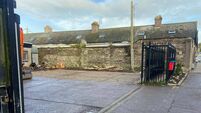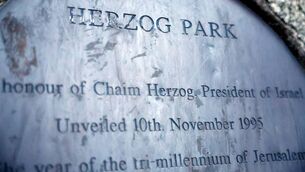Cracking the Rosetta Stone code
FIGEAC is a picturesque town on the banks of the river Célé, in the Lot region of France. Stone and half-timbered houses, with rich carvings and ironwork, adorn the winding streets of its medieval centre. In a courtyard there is an extraordinary object, a giant underfoot representation of a slab discovered in Egypt, by a French army officer, in 1799.
The 120 x 80cm Rosetta Stone, now in the British Museum, was carved in 196 BC on the orders of Pharaoh Ptolemy V. It informed his subjects of measures to be taken for coronation celebrations; statues to be erected, tax rebates, etc. But the real importance of the stone is that its inscription appears in three languages. One of them is Greek and this, it was hoped, would enable the two other scripts to be deciphered.













